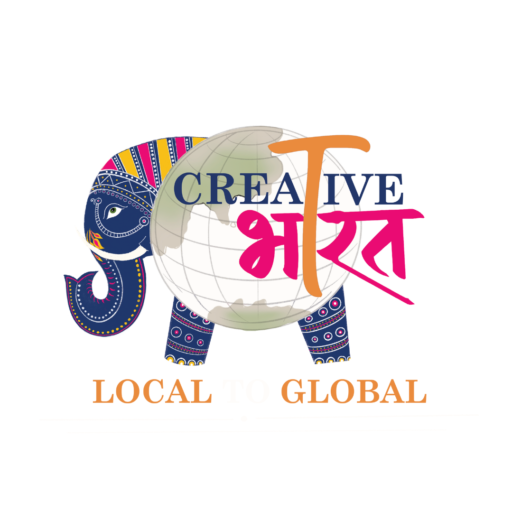Wildlife photographer Hardik Shelat shares stories behind his most iconic shots: ‘Waited 8 hours for rare lion photo’
What does it really take to photograph animals in their natural habitat? From early mornings in dense forests to long stretches of waiting for a glimpse of movement, the process is rarely as simple as the final image makes it look. In an interview with HT Lifestyle, passionate wildlife photographer Hardik Shelat shares insights into his process, memorable experiences, and the realities of photographing the wild. (Also read: Inspired by Sachin Tendulkar’s Kaziranga National Park safari with Anjali, Sara? Here’s how to plan your own trip )
Excerpts from the interview:
How did you develop interest in wildlife photography?
Actually, since my childhood, I was frequently busy exploring different gardens and surroundings near my hometown in Gujarat. So, you can say that I had an interest in nature from a young age, and gradually, this interest evolved. Initially, it started with birds. When I was in the gardens or in my hometown, which is about 100 kilometres from Ahmedabad, I observed birds. That sparked my interest, which eventually led me to visit many national parks, forests, and sanctuaries all over India.
Which is your all-time favourite tiger reserve or national park?
Out of all the parks I have visited, Bandhavgarh is one of my favourites. It’s my all-time favourite national park because I love the dense forest and the incredible biodiversity there. According to me, all sanctuaries and national parks are amazing, but still, I would say Bandhavgarh is one of my top favourites.
Have you ever had a close encounter with a wild animal?
Every encounter in the wild is intense because you’re always with wild animals. One of the wildest experiences was in Gir National Park while photographing lions. I had been waiting almost eight hours, from morning to afternoon, for five years, hoping to capture a lion drinking water at a waterhole. While we were waiting, we suddenly heard the roar of two lions. There were two male lions fighting over territory, unaware of our presence, and they came very close to our gypsy. Both were injured during the fight. Eventually, one lion surrendered and left, and the victorious lion came near the waterhole. It looked straight at us, giving me the opportunity to capture the perfect shot. After 7-8 hours of waiting, it was totally worth it.
Another memorable encounter was with a hyena in the Little Rann of Kutch, about 120 kilometres from Ahmedabad. We were there for birding, and it was around 6:30 pm during winter. Hyenas are nocturnal, so seeing one active during the day was unusual. Suddenly, a hyena came towards us while we were outside our vehicle. It stared at us, and we just waited for a few minutes before safely retreating.
Which animal do you think is the hardest to photograph and why?
In the wild, every animal is challenging to photograph, but in my opinion, leopards are particularly difficult. They are elusive and shy. Even if you spot one, it’s only for a fraction of a second because they quickly retreat to their comfort zone. Leopards often share their territory with other animals like lions or tigers, which makes them even harder to photograph.
What’s one species or animal that you are very desperate to photograph before it’s too late?
The Black Panther. They are extremely rare. You might spot them in South Africa or Russia, but they’re still very elusive. Capturing a Black Panther in the wild is one of my dreams. I have visited Kabini two or three times but haven’t been lucky enough to photograph one yet. For birds, I would say the Great Indian Bustard. It is critically endangered, with only around 120 left in India.
Which photograph of yours has the most powerful or interesting backstory?
In 2017, I visited the Little Rann of Kutch, about 130 kilometres away. While observing birds, I spotted a very common species, a spotted owlet. It was around 2:30 pm, and I noticed the owlet resting in a tree hole. I made myself comfortable to avoid disturbing it, as I love owls of any species. During the day, owls are less active, but I patiently waited and was able to capture a fraction-of-a-second moment that became my favourite photo. This photo was even recently featured in National Geographic.
What advice would you give to someone who wants to start wildlife photography with zero budget?
If someone wants to start with zero budget, I would say, begin with observation. You don’t need to visit national parks or sanctuaries initially. You can start observing birds right from your balcony or terrace. That’s how I began my journey. I started by photographing sparrows and pigeons with a beginner’s camera.
The key is patience. Spend time observing the behaviour of urban birds for two to three months. Record their habits, understand their patterns, and then gradually you can start capturing photos, even with a mobile phone. Patience is crucial in wildlife photography because nature teaches you slowly. Spending long hours observing without necessarily taking photos will still teach you a lot.



